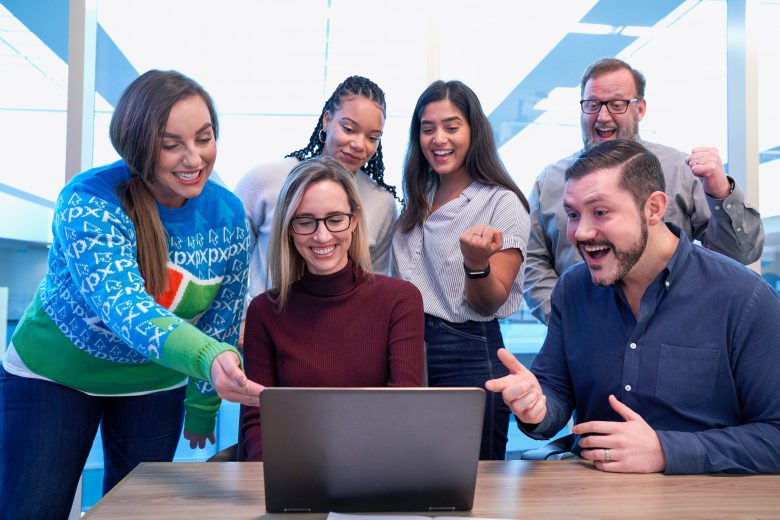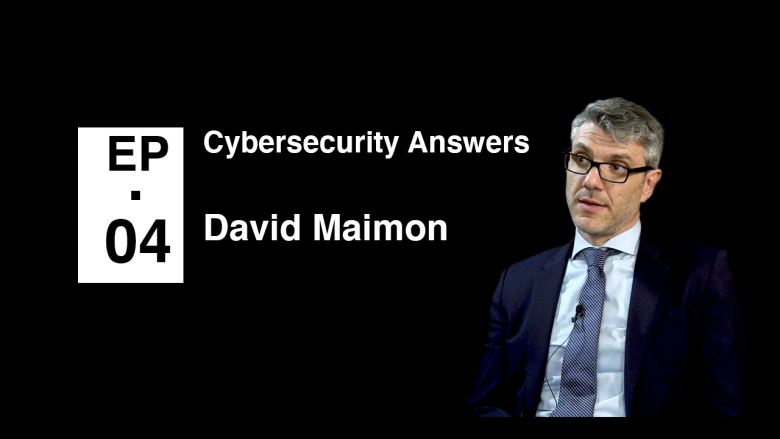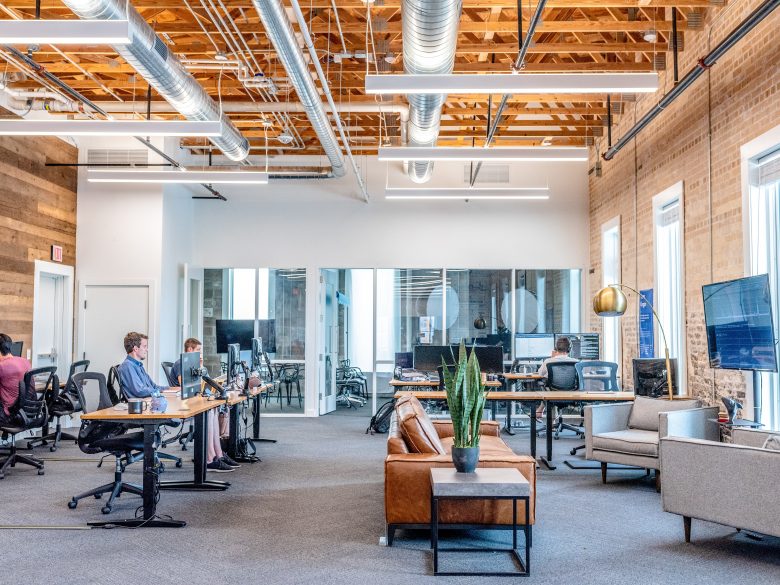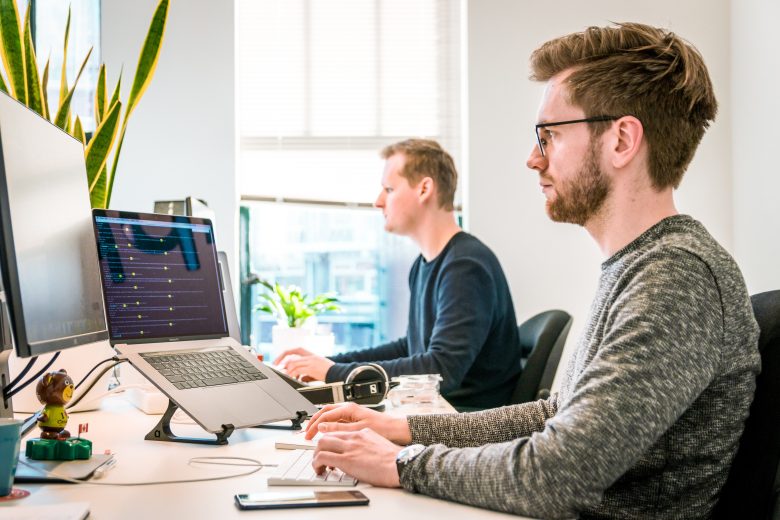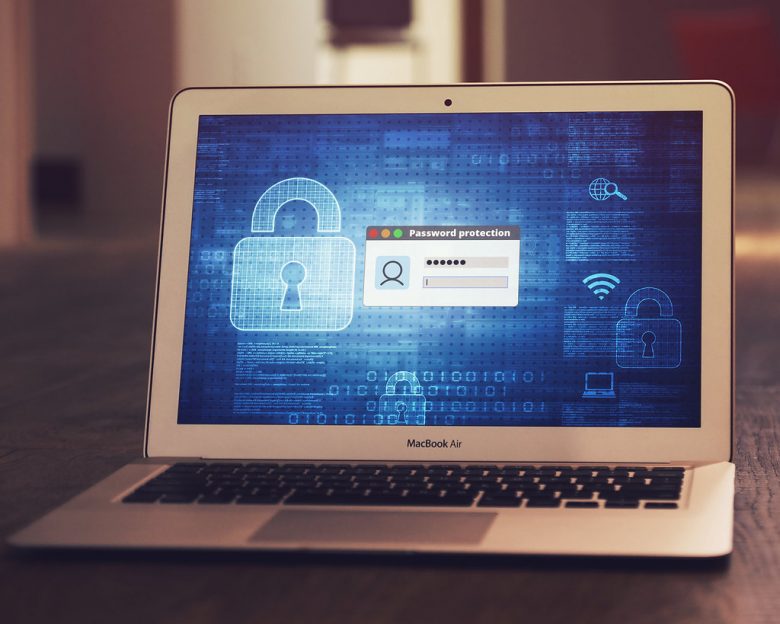Universities worldwide are continually increasing investment in the use of technology-enhanced learning (TEL) to transform conventional education. Moreover, the current context created by the COVID-19 pandemic has prompted universities to change the way they provide instruction to students. Technology-enhanced learning refers to any form of learning that is facilitated by technology and comes in several …
Culture is one of the most challenging aspects to change in an organization. Information security culture is a dynamic phenomenon as it changes over time. Organizations have to focus on maintaining stability while also focusing on continuous development to ensure consistent protection of information resources in a changing environment. Information security culture is often present …
We all have questions, but who are the people with the answers for Cybersecurity. In this series we sat down with academics and experts to ask them about how they got started, what they are researching now, their lessons for us and the future. Our series “Cybersecurity Answers” with David Maimon from Georgia State University …
For the past few years, ransomware has been one of the fastest-growing cybercrimes. The current trend is that organizations such as businesses, universities, hospitals and even municipalities are becoming the primary targets, whereas regular citizens are, to a lesser extent, being hit. Because of ransomware success, ransomware-as-a-service (RaaS) has grown in popularity. RaaS is available …
We all have questions, but who are the people with the answers for Cybersecurity. In this series we sat down with academics and experts to ask them about how they got started, what they are researching now, their lessons for us and the future. Our series “Cybersecurity Answers” continues with David Maimon from Georgia State …
Everyday cybersecurity involves both technological and human security. Technological security focuses on maintaining the integrity of the technology, ensuring the usability of technological security, and controlling access. Human security encompasses interactions between people mediated through technology. This report is a review of academic and policy literature in the context of everyday cybersecurity in organizations. The …
Twitter bots can be used for malicious purposes, such as distributing malware, disseminate fake news, faking grassroots political movements, and interfering with social movements. Twitter allows its users to access its services through a web page, mobile applications, and an application programming interface (API). Even though API allows enhances users’ experience with contents, API also …
Human users are generally the main target for socially engineered cyber attacks, phishing scams, and data leaks. Thus, several human factors may raise or diminish the likelihood of being the victim of a cyberattack, hack, or data breach. Cyber hygiene involves establishing and maintaining crucial cyber health behaviours. Routinely changing passwords and avoiding recycled passwords, …
Organizations can deploy cybersecurity countermeasures to prevent or reduce the harms of specific risks. These measures include technical controls, policies, and advice for system users. Although cybersecurity countermeasures are put in place to reduce or prevent damage, they can have unintended consequences. These harms can be negligible such as, causing disruption or serious and thus …
Users acquire more online accounts in their personal and working lives. Therefore, users might indulge in practices such as password reuse, writing down passwords, sharing passwords or choosing weak passwords to be able to remember multiple passwords. These practices might be perceived as more convenient in terms of money, time, and convenience. There are several …

